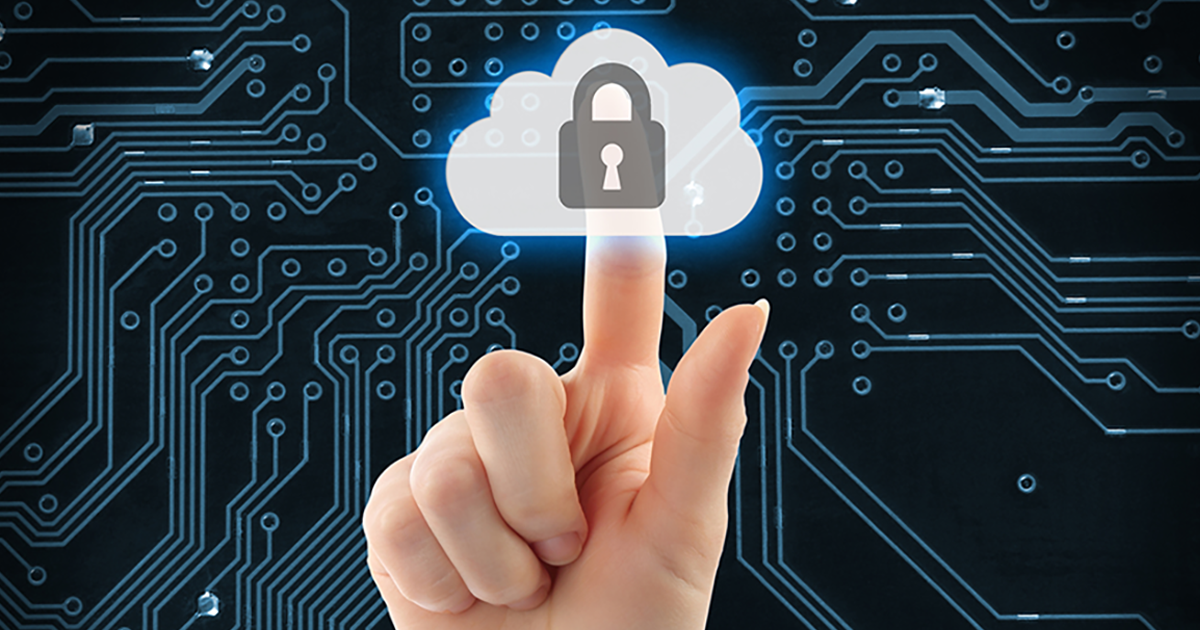Regardless of the business or industry, there is a universal truth: Sensitive information needs to be protected. This can be particularly tricky when using a shared printer because individuals might not know where to print confidential documents.
One possible but highly impractical solution is to purchase a printer for every employee. The other, more feasible (and economical) approach is to use a shared printer or multifunction device enabled with Managed Print technology. This equipment allows you to safely print confidential documents.
There are several methods for implementing document security. Your equipment and software will dictate the best solution for you, but these are among the most popular secure printing options:
- Pull Printing (or Follow Printing)
- User Authentication
- Two-Factor Authentication (2FA)
- Print Management Software
- Establish Print Policies
- Proper Disposal of Old Printers
- Enlist a Managed Print Provider
1. Pull Printing (or Follow Printing)
Pull printing is a two-step process for any file type; it ensures information is fully protected because it never leaves the user’s control regardless of the environment: PC/Mac, mobile and Chromebook.
First, the user initiates a print job from their device, placing it on a universal print driver. Then, to complete the job, they must “pull” it from the driver toward any pull print-enabled printer by authenticating the request, either through a graphical user interface (GUI) command or while physically at the printer.
2. User Authentication
The only person who should collect documents at the printer is the one who pressed “print.” Many multifunction printers (MFPs) can easily be configured to authenticate the user before the printer releases the print job.
This secure printing solution is much like pull printing, with a couple of key differences: Users designate and send jobs to specific printer drivers and devices instead of having universal discretion, and printing is completed in one of four ways to maintain optimal information security:
- Browser-Based Release: Any device with access to a browser and, by extension, a web-based app, allows users to release print jobs from their PC, Mac, Chromebook or mobile device
- Badge/Card Reader Release: As the name suggests, users are granted access to printers through card readers, fobs or badge swipes, and authenticated through the company’s existing badge system. Card reader release is selective, meaning users are assigned to certain printers. Their badges won’t work on all equipment
- Personal ID Number (PIN) Release: Like card reader release, personal identification numbers safeguard confidential or personal information because the PINs are user-specific. A print job initiated by a certain user cannot be accessed without entering the PIN
- Username/password: Users can also release the print job by entering their confidential passcode
The secure printing feature on your shared printer or multifunction device does more than keep sensitive information safe; it can also help prevent unintended printing and the number of jobs printed (or reprinted) but never retrieved — saving significant time, money and resources over time.
RELATED RESOURCE: Quick Guide to Print Security
3. Two-Factor Authentication (2FA)
Many organizations protect their databases and other confidential information by implementing two-factor authentication. Printers can also leverage this added security measure by requiring a user to provide two forms of authentication from the list above, including a push notification to their mobile device.
4. Print Management Software
Most quality print devices come with some pre-installed security capabilities, but we recommend installing print management software like uniFLOW or PaperCut to receive the highest security settings. These systems are compatible with numerous devices and require various forms of authentication.
In addition to robust print security and authentication measures, the software offers reporting capabilities to determine who’s printing what and from which device. Audit trails help ensure compliance with HIPAA, FERPA and other regulatory requirements, and organizations can track costs across departments, users and shared accounts to help identify potential savings.
5. Establish Print Policies
All the software, encryption and authentication in the world will be of little use if users aren’t following general printing best practices. A lot of emphasis is placed on mitigating external threats like cyberattacks, but documents often need to be secured internally as well. One of the biggest security mistakes is sending documents to the wrong printer or forgetting to retrieve them.
In addition to technological measures, enact physical security protocols:
- Place printers and devices in a secure location
- Don’t throw confidential pages into the trash/recycling bin
- Ensure that the right printer is selected prior to pressing “print”
- Clear paper jams and delete the print job or retrieve remaining pages when the jam is cleared
- Enact a policy for what to do with unclaimed print jobs
Establishing print policies for printing and retrieving documents are a critical aspect of print security. Ensure that each user is trained on how to follow them and where to go with questions.
6. Proper Disposal of Old Printers
Security doesn’t stop when you replace an old printer fleet. Memory can be stored in a printer’s hard drive and needs to be properly erased prior to the unit being recycled or disposed of.
Check with the manufacturer of your print device to determine the best way to remove printer memory. When you work with a Managed Print Services provider, they should be able to destroy any document history once a machine reaches the end of its useful life. Be sure to ask about this service when vetting which provider you’ll work with.
7. Enlist a Managed Print Provider
Working with a managed print provider like Gordon Flesch Company is the best way to ensure your printers are secure and that hardware and software updates are performed in a timely manner. Our print security experts routinely help to secure confidential and sensitive information and can help determine which printers are best suited for your organization.
We developed a Quick Guide to Print Security containing additional tips and considerations, so be sure to check that out below. Protecting your confidential information is a top priority, and a multifunction device from Gordon Flesch Company is a practical and cost-effective solution. Contact us today to discuss your multifunction device and managed print services needs.










